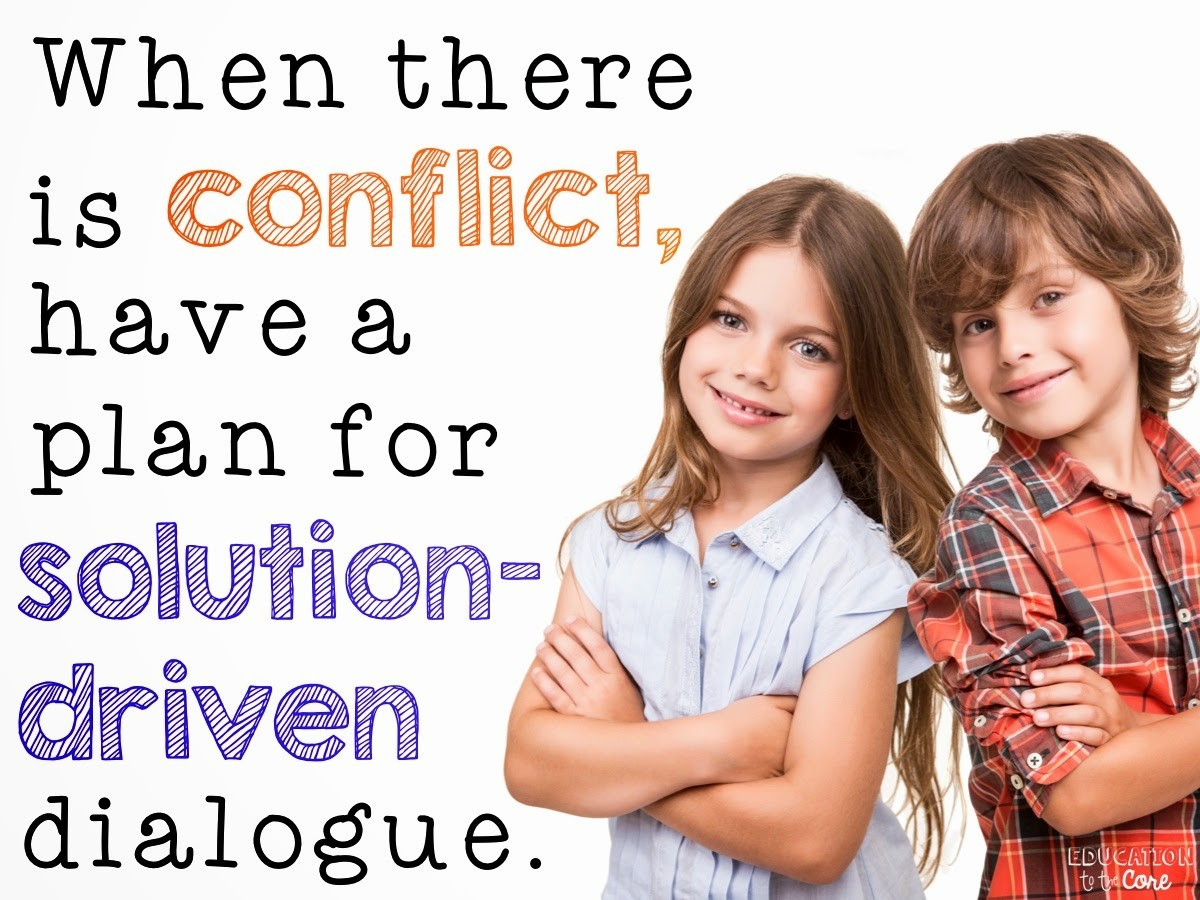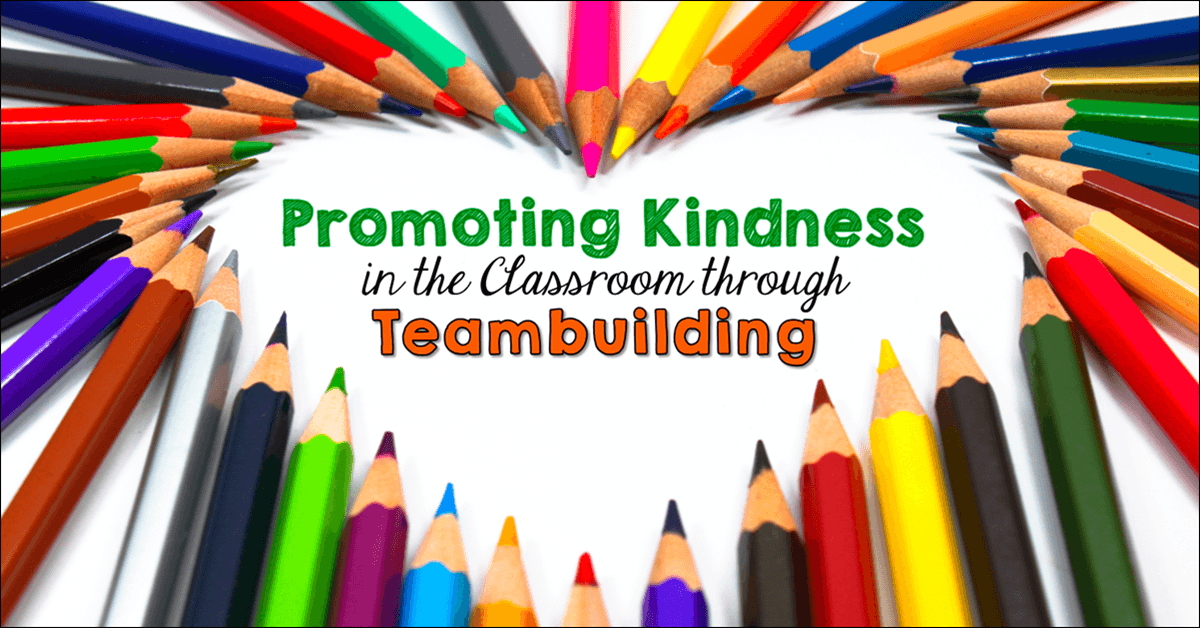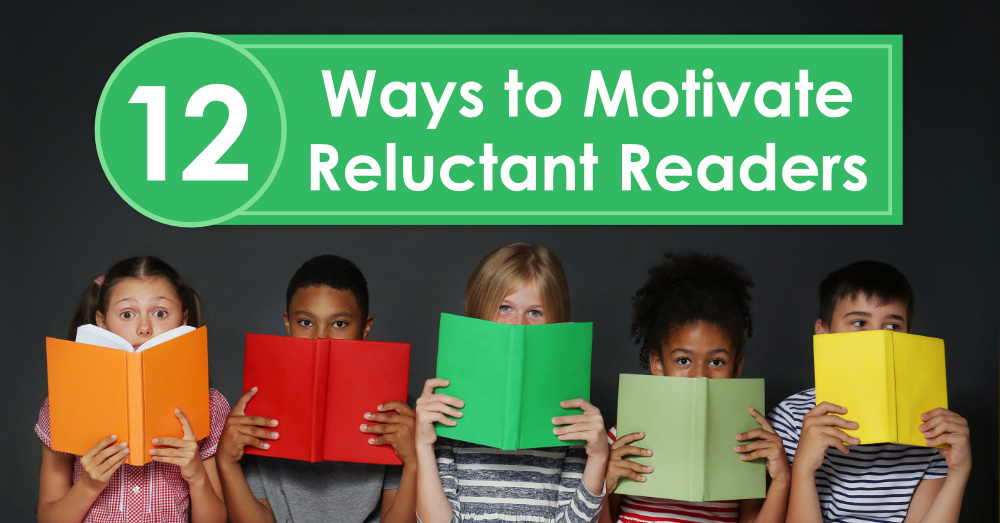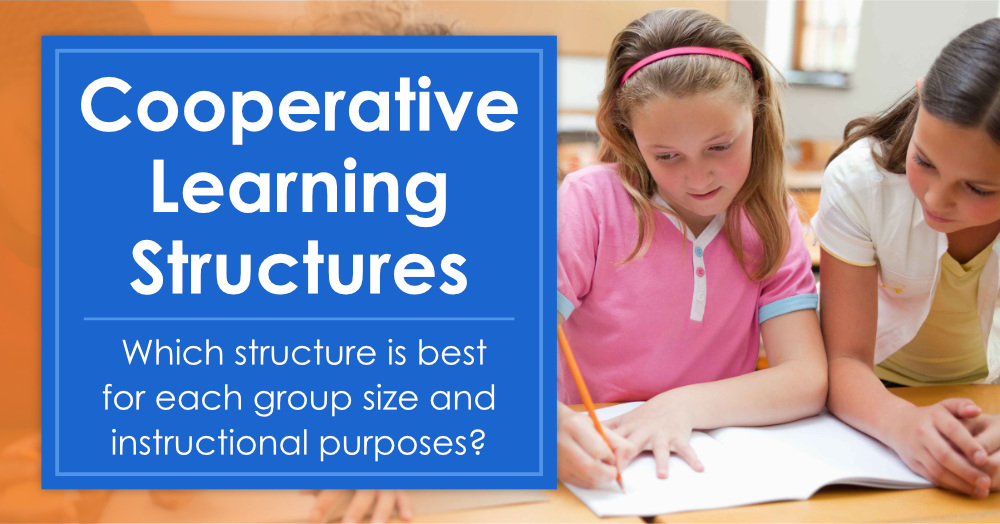Guest post by Emily Liscom

As teachers, we strive to push each of our students to his/her full potential. We have the responsibility to educate each student academically, emotionally, and socially. In my classroom, the single most important thing I can teach my students is empathy. If my students are able to understand the thoughts, feelings, and needs of others, they will be able to interact in a selfless manner. This will also help them to avoid physical and unpleasant conflict.
Teaching students empathy can be extremely difficult, but it is very rewarding. When your students can practice empathy, it will benefit your instruction because your students will be in tune with the content you are teaching. It will also benefit your community, because your students will feel safe because they have the tools to solve conflicts.
1. Use Reading Standards that focus on character to teach empathy.
Most reading curriculums include at least one standard that focuses on character and that’s where you can sneak in a few lessons on empathy. If you are teaching the CCSS, Anchor Standard Three specifically deals with character. As grade levels increase, that standard narrows its focus to a character and his or her actions in response to an event. Using this standard is the perfect opportunity to assist students in understanding how characters feel and react to different situations. This is a great way to teach empathy, especially for those teachers whom have a tight academic curriculum with little time to incorporate extra learning activities into their curriculum.
2. Allow your students to share their personal stories from the beginning of the school year.
This helps all students gain a better understanding of who they are personally and why they act as they do. The more students know about each other, the easier it is to understand their actions and/or emotions that may arise throughout the year. This will also help you to understand each of your students.
3. When there is a conflict, have a plan for solution driven conversations.
I have a go-to conversation stem for my students to use when they have a conflict. For example:
-
“When you _________________ it makes me feel _________________.
I don’t like to feel _________________ because _________________.
Next time, I would like you to _________________.”

Because the conversation stem includes a part where the child can tell why they don’t like to feel a certain way, it really lets students understand that particular emotion.
4. As a class, take the time to focus on one feeling at a time.
When you introduce one feeling at a time, your students will be able to identify and understand each emotion separately. For each feeling, I will create an anchor chart to guide our class discussion. To encourage participation and ownership, I will have each student write or draw a picture on a sticky for when they felt that way. I will have them put the sticky notes on their desks and then students will participate in a gallery walk around the room to observe pictures. Students then place their sticky notes on the anchor chart. After I finish the lesson, I always hang the anchor chart in a visible place.

5. Accept each student for who he or she is, as an individual.
Show love and compassion for your students, and they will learn to show it towards each other. Be patient and model respectful conversation and problem solving. Students will not learn this in a day. You are one of their most influential role models so use it to your advantage and know that each interaction you can model is helping build a community of caring students.

Emily Liscom is currently a first grade teacher. She is the author and owner of the website Education to the Core. She loves to share ideas and resources that are both effective and purposeful.






